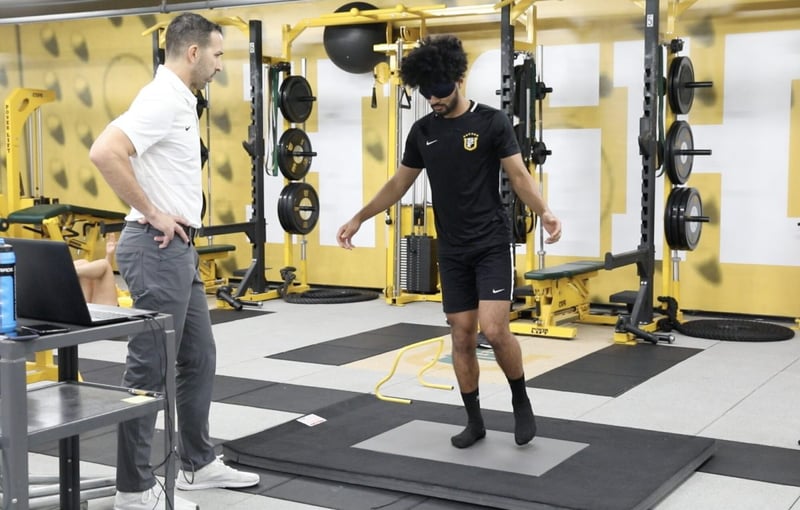
Just this past week I found myself at a big Power 5 university talking shop with one of the strength and conditioning coaches who had landed a performance job in his hometown. We were both talking about how great of fit and opportunity it was for him and he mentioned that looking for real estate was risky because “it’s rare if you stay around for more than 5 years in this industry.” This is a sad truth. In an industry where the only constant is change, we need to be working to provide more value than ever. How can we truly prove our worth?
In the strength and conditioning community, it’s common to talk about how much our athletes have improved. “When my guy came in freshman year he couldn’t lift the bar and now look at him!” It’s OK to improve peak power and the 1-rep max squat (if those are needed KPIs) but it’s not what will impress (your boss) at the end of the day – Allowing that athlete to play their sport every day with little or no physical limitation, will. “How am I evaluated?” you ask… by measuring and tracking outcomes that truly matter.
Outcomes are NOT forces, speeds, jump heights, etc. Outcomes ARE injuries, missed time, minutes played, pitches thrown, etc. While it can be incredibly satisfying to draw up complex periodization models in hopes to improve the size, strength, and speed of our athletes, we must remember that’s not always the end goal – Being healthy to play the sport IS! Talking about bar speed and tapering methods has its place, but it’s not what makes a good coach. At the end of the day, you’re doing the athlete a disservice if they aren’t healthy enough to go out and do what they love.
Data is as valuable as your ability to change the outcome. Collecting data without a plan of action is a waste of valuable time. For example, measuring the wingspan of your athletes may seem like a good idea, but you most definitely cannot change it. By tracking metrics that you can change (like forces), it allows the practitioner to have a bigger impact.
There should be a why for everything you spend time on. The biggest piece of that why is how it can better dictate the outcome that matters – health and performance in the sport, not the weight room. Using objective data to consistently evaluate and refine “the plan” is the only true way to measure your impact on the health of your athletes. By planning, measuring, and managing and repeating the process you can be sure your athletes will benefit. So go on, look into some real estate, and stay awhile.